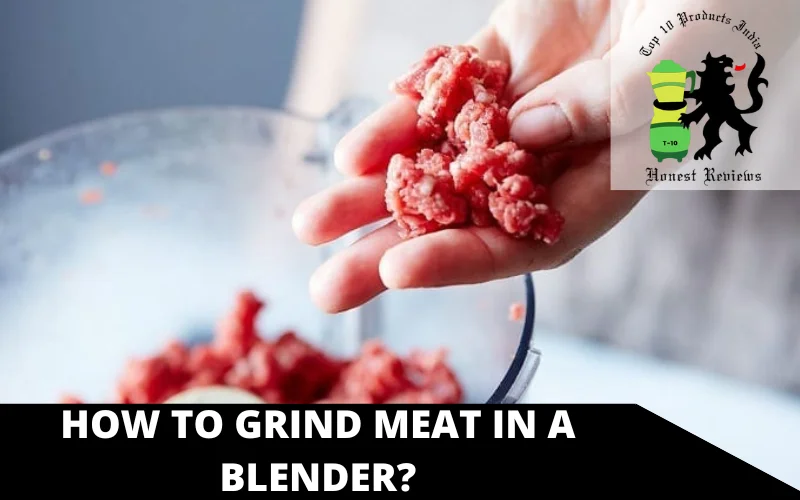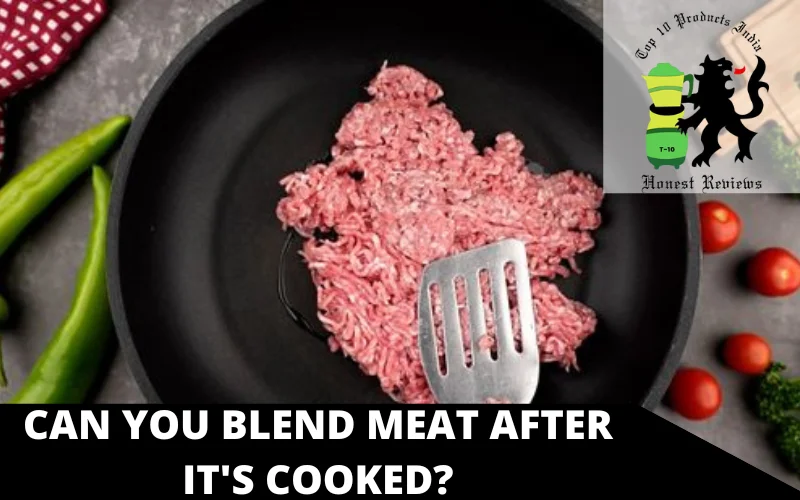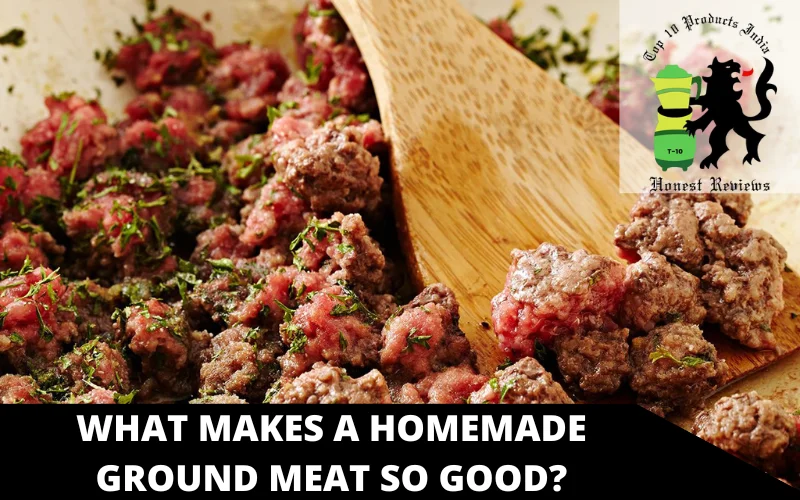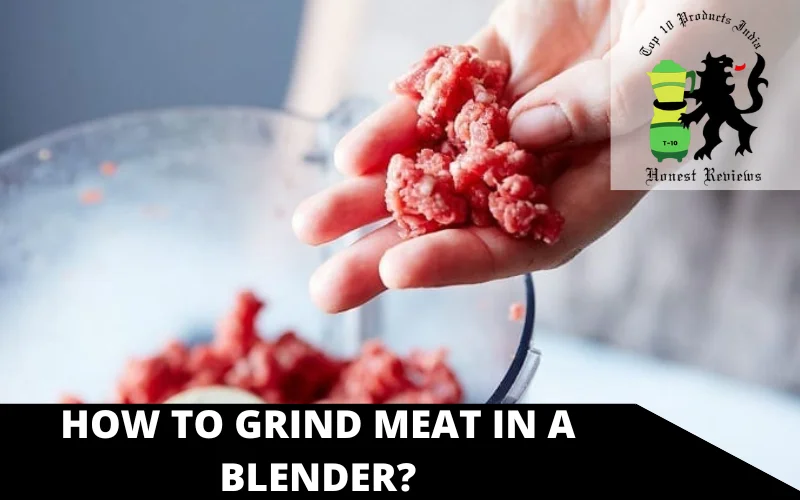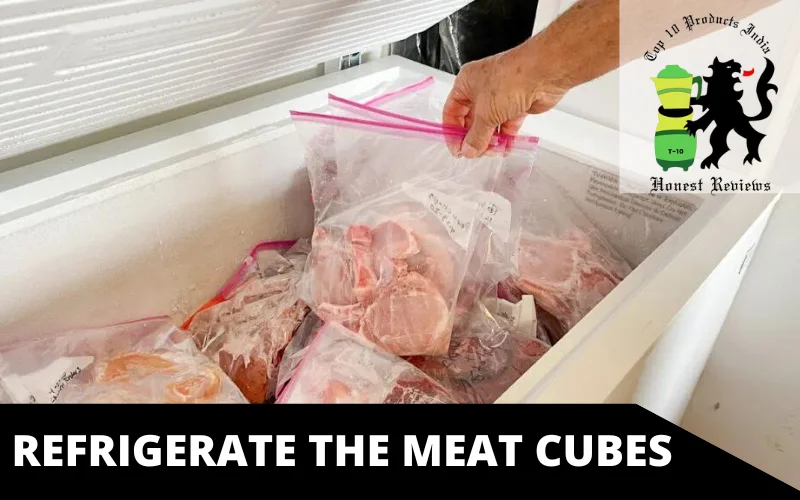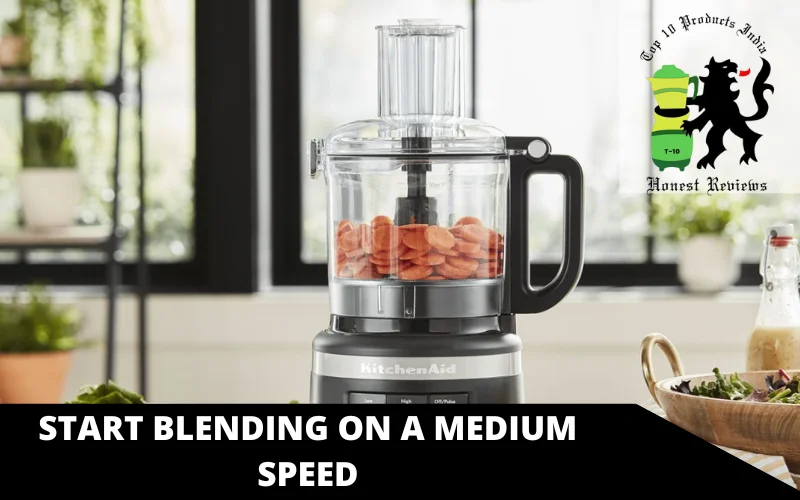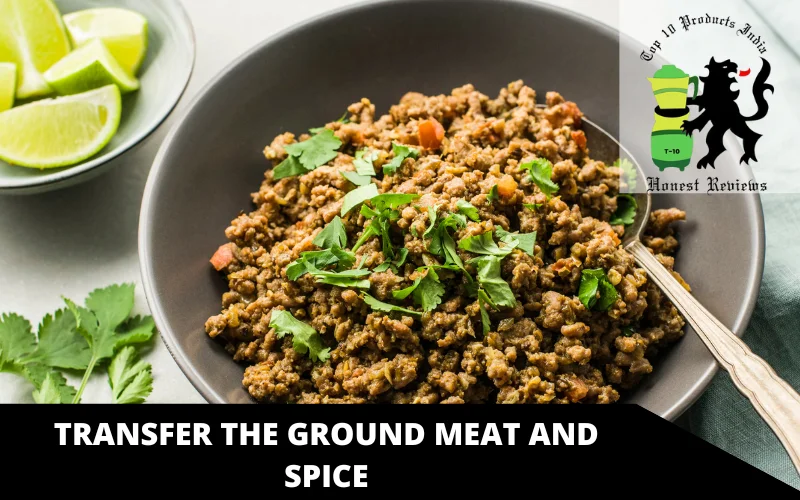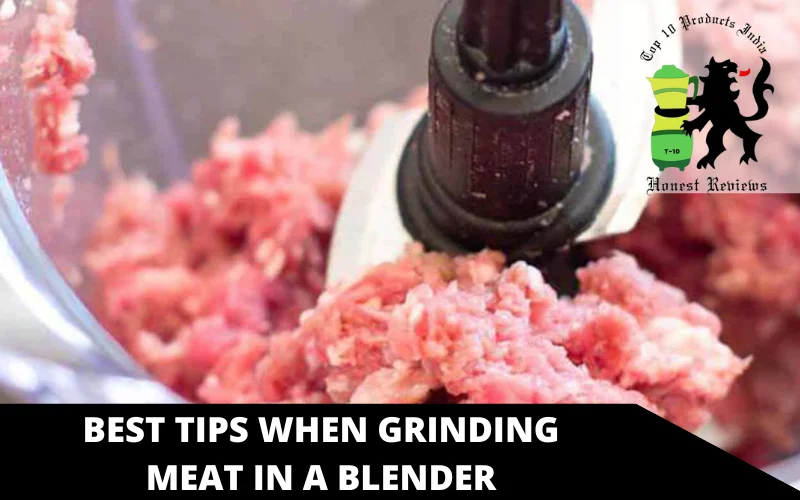Can we use a mixer to grind up meat? The answer is a big yes!
Blenders are extremely versatile kitchen appliances that can be used in various ways. They can be used to make smoothies, sauces, and soups, and you can even crush meat! You need to be aware of many aspects while making meat-based blends.
If you have not used blenders previously, it’s not as difficult as it might seem. There are some safety guidelines to follow while using the blender to accomplish this task.
We’ll examine the safest and least suitable to do with grinding mutton into a blender and also discuss the minced hamburger meat as well as making sausages.
So, the question we’d like to know is: can you grind meat using blenders?
How to Grind Meat in a Blender?
Your blender might not have the right settings for grinding fine, medium, and coarse meat, which means you’ll need to approach things differently than you would do using a meat mill.
- Get that bowl full of meat and add the pieces to your blender. If you’ve not cut the meat into pieces in the past, it’s possible to use a food processor to chop portions of the beef into smaller pieces.
- Attach the lid based on the type of blender you own, start up the blender using the lowest speed setting and then run the machine for 20-30 minutes.
- Take off the lid and then check how the beef is cooked. If the meat isn’t as you would like, then put the lid back in place and then grind with the same speed or a bit higher.
- Repeat the process for a brief period.
- Start the blender, look at the texture to see if it’s at the desired consistency, then grab a long flat spatula and scrape the meat into the bowl.
Grinding Meat in a Blender vs. a Meat Grinder
Technically speaking, blenders, food processors, and meat grinders can produce ground meat whenever you need it. But a dedicated meat grinder is the best tool to do your job and will give you the most effective outcomes.
You could imagine the gristmill (manual) as a cold-pressor masticating juicer. It is equipped with an auger (squeezing screw), which chews the meat before pushing it through the plate until it is evenly ground. If interested, you can also play around with the device and use it like a traditional juicer.
However, it is also possible to make ground meat for most applications. But the blender does not come with an integrated grinding plate or way to connect one. It can chop the produce, but it will not be able to compact it into thin, even-textured strips.
Additionally, most blenders have difficulty grinding small bones and chicken legs. Therefore, it is not possible to make meals for your dog or cat using some meat grinders.
However, a blender is nevertheless more versatile than a meat grinder. In addition to grinding and blending smoothies, you can chop ice into the snow to make Slushies. Also, don’t forget that you can juice and make Starbucks Mocha Frappuccino and other popular desserts.
Can You Blend Meat After It’s Cooked?
It is possible to blend meat after it’s cooked, such as in recipes made with puree or even for infants, but raw meat is simpler to crush.
Additionally, the process of grinding meat after cooking can impact the taste of the meat, given the fact that you’ll be grinding off any seasonings applied to the meat.
What Makes a Homemade Ground Meat So Good?
Grinding beef at home is completely beneficial, regardless of whether you’re using a food grinder or blender. The main reasons behind this include the following:
Cost Saving: Of course, you could purchase your meat in bulk, which is less expensive than grinding it according to your requirements. In addition, nearly all butchers charge an extra cost for the minced meat in exchange for their time in the kitchen and extra containers for packaging. Making your grind of meat could save you the extra charges.
Control: When you chop your meat in the kitchen, you are aware of the hygiene of the equipment that you use to grind.
Taste: in fact, the majority of food items, like meat, go out of style when they sit in the fridge or on the shelves of the supermarket for a long period. However, you can enjoy the fresh taste of beef when grinding it at home.
Meat Blends: If you have ever cooked something similar to a burger, you are aware that different mutton blends result in different flavors. For example, a hamburger made with a mutton-ground with chuck (lean-to-fat ratio 80/20) is more flavorful than a hamburger made using ground-round mutton that is typically 20/15. Grinding yourself will assist in creating meat-based blends that you cannot get in the grocery store.
Culinary extension: As mentioned earlier, ground beef has more numerous uses than steak. It’s a tremendous ingredient to use in the everyday kitchen, from rice to more comforting recipes such as Burgers, Pizza, Burgers, American Goulash Recipe, and Lasagna with a gourmet twist.
Ingestion: Minced beef is the ideal solution for those who suffer from dentures or another health issue that makes it difficult to ingest regular steaks.
Easy Digestion: According to an article published via the National Library of Medicine, The body typically takes in and digests the minced meat more quickly than normal steak. This means that you’ll get the benefits of amino acids quickly.
Fun: That’s for certain. It’s not just about grinding but also when you prepare to eat, serving, and enjoying the delicious concoctions that you’ve prepared.
How to Grind Meat in a Blender?
If you’re grinding your meat using blenders, the process involves just five essential steps (and an additional bonus to spice it up).
The guide is basing it on the Vitamix blender. However, you could use any blender if it’s able to grind the ingredients.
Prepare the Meat for Grinding
As with any recipe using a blender, you must prepare your meat before you begin to grind. This means cutting the meat into smaller cubes or chunks (about 1 to 2 inches) so that it’s easy for blender blades to work with and decrease the chance of over-blending.
Refrigerate the Meat Cubes
After you’ve got the pieces of all the meat, put them on the tin foil-covered baking pan. After that, place the whole pan in the freezer for one hour or a half. The purpose of this step is to ensure that your meat chunks are firm enough to allow the blender’s blades to grind without turning the mix into a smash.
In contrast, you don’t want your meat chunks to become frozen, as it will be difficult to crush without ending up with the consistency of a puree. This is why the timing of the grinding is vital.
Load the Blender Container in Small Batches
Once the meat pieces have gotten hard enough, take these from freezers and start grinding. The procedure here is largely dependent on the machine you have at hand, and some tools will require you to include the meat pieces and turn to the motor.
In the next step, for instance, a Vitamix needs you to begin the blender, and then place the meat pieces into the rotating blades.
No matter what blender you’re using, you’ll need to mix small batches. If you mix the entire quantity in one go, even with a powerful blender such as Blendtec or Vitamix, it’s likely that you’ll get some leftover chunks that haven’t been processed.
Start Blending on A Medium Speed
Like we said earlier, you shouldn’t have your meat completely crushed. This means that you’ll need to blend at a slower pace.
Fortunately, the majority of Vitamix full-size blenders feature an adjustable speed dial which allows you to operate at ten different speeds. Therefore setting the dial to the middle speed “6. Then, you can continue to drop a few of the meat pieces into the blades that spin.
Blend in 15-Second Increments
This isn’t the time to make the meat purée here. It is important to stay clear of any risk of over-grinding your mix at all costs. Therefore, it is essential to adhere to Step (3) as well as Step (4)grinding in small batches, at the speed you want, and only until the final meat chunks are. To achieve this, it is necessary to mix the meat chunks in 10-second increments.
Transfer the Ground Meat and Spice
After grinding all the meat, you can stop the machine and pour the mixture into a clean bowl (you can freeze it in 20-30 minutes). Then, pour in your favorite spices and then hand mix it all evenly.
It is a powerful machine. Vitamix creates 100% ground meat to super-fine consistency.
Best Tips When Grinding Meat in a Blender
There are two items to look out for to create the finest quality meat using blenders without leaving behind unprocessed chucks.
Blender:
Indeed, blenders don’t all grind things. For instance, Ninja blenders cannot grind well without an appliance with an integrated food processor bowl.
On the other hand, Vitamix and Blendtec do pretty well at the job. It is now possible to buy an attachment for a food processor for a range of smart blenders. It allows grinding with more control
Blending speed:
This is essential to not ruin your meat texture. If you’re grinding meat using my recipe above, you must ensure your motor speed isn’t excessively rapid or too slow.
If you are grinding rapidly, the odds of your mix becoming liquefiable are extremely high. Do not forget that Vitamix can take between 40 and 45 minutes to make a smoothie from frozen food items and solid ice. You can only grind your meat at high speed using the pulsing technique.
You also do not want to have chunks of meat that are hidden in between the minced ones. Don’t be able to grind at an extremely slow speed, as if you were chopping salads.
Final Thoughts:
If we’re honest, both blenders and a meat grinder do an excellent job of mending meat. Both have important pros to the job, along with general limitations. Therefore, having both in your kitchen may make a great balance in your culinary adventures, especially those that require delicious meaty dishes.
However, if you consider that you can also grind food in blenders and perform many other things, it’s more beneficial when your circumstances don’t permit you to play two of these instruments. Make sure you blend at a small amount with a medium speed and in increments of 10-15 seconds to prevent over-blending your ingredients.


